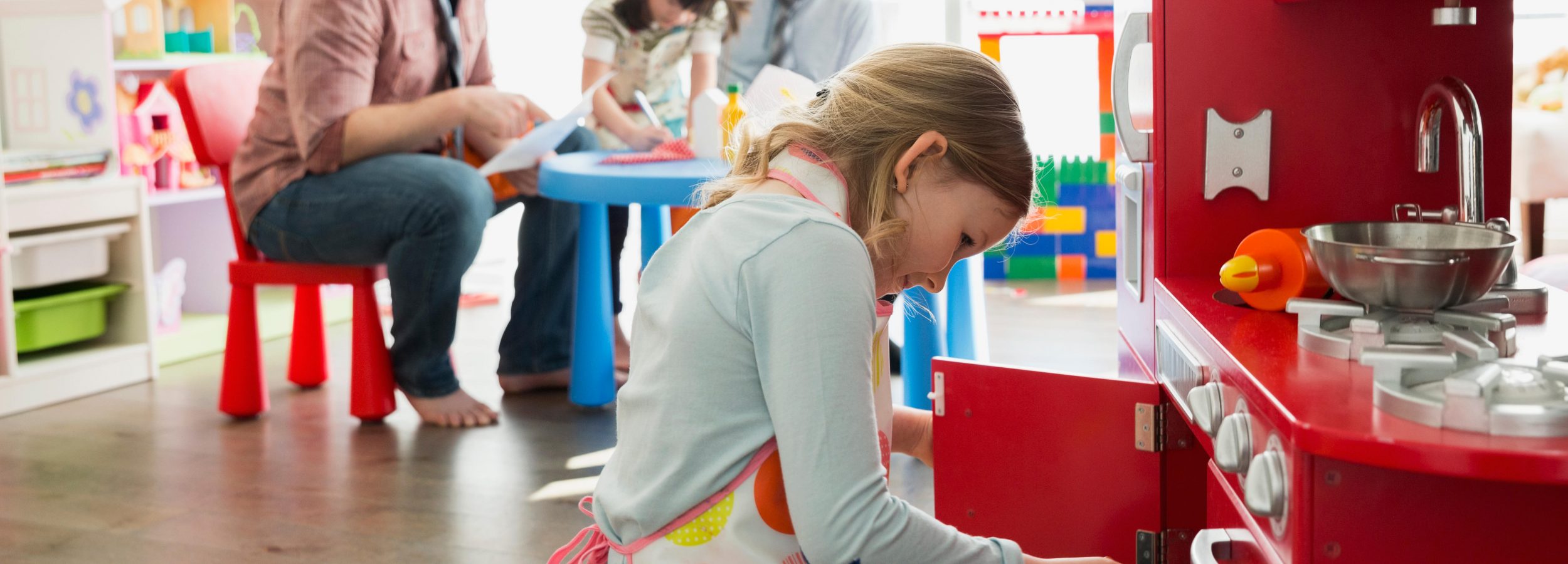Work and family balance
Being a parent, raising a child and being part of a family is a full-time job. For working dads, balancing work and family is tricky.
A lot of dads end up working full-time while their partner is at home during the first 12 months of their child’s life and dads continue to work full-time even when both parents are working and the kids are older1.
Dads feel work has an impact on their ability to be a dad2 and a lot of dads want to spend more time with their kids3.
“Kids need you more than your money”4
Support for Fathers is keen to help dads figure out this balance to enable them to be the dad they want to be. To do this, workplaces and dads need to have conversations about what dads need.
Whether dads work full-time, do shift work, somewhere in-between or they don’t work at all, their role as a dad is always a full-time job and workplaces need to recognise this.
What can dads do?
Dads, families and workplaces need to have conversations about what dads need.
Follow these three steps to get the conversation going.
Step 1 – Figuring out a work and family balance for dad
- Dad to figure out his ideal parenting and work scenario (does not have to be realistic at this stage).
- Compare expectations dad and partner have for themselves and each other about being parents and working.
- Brainstorm what a more balanced work and family life might look like. For example: sharing parenting roles at home, dad working less, dad working from home, mum going back to work, mum working more etc.
- Talk this through with the kids and get their input – regardless of their age!
- Come up with a plan of what dad needs for his family from his workplace.
Step 2 – Conversation with dad’s workplace
- Dad to find out about the workplace policies like parental leave, partner leave, flexible work arrangements, personal, annual, sick and carer’s leave.
- Dad to discuss these policies with his workplace and how they meet his family’s needs.
Step 3 – Follow through
- Dad and partner to decide on a work and family balance.
- Dad to continue discussions with the workplace.
- Workplace to implement a supportive working arrangement for dad.
References
- (2019) Facts and Figures: Work and family. Canberra: Australian Institute of Family Studies (AIFS). Available from: https://aifs.gov.au. [12 February 2019].
- (2019) Support for Fathers national survey. Melbourne: Relationships Australia Victoria.
- (2009) Working Better: Fathers, family and work – contemporary perspectives. Manchester, England: Equality and Human Rights Commission (UK).
- (2018) Support for Fathers national consultations. Western Sydney: Relationships Australia Victoria.
